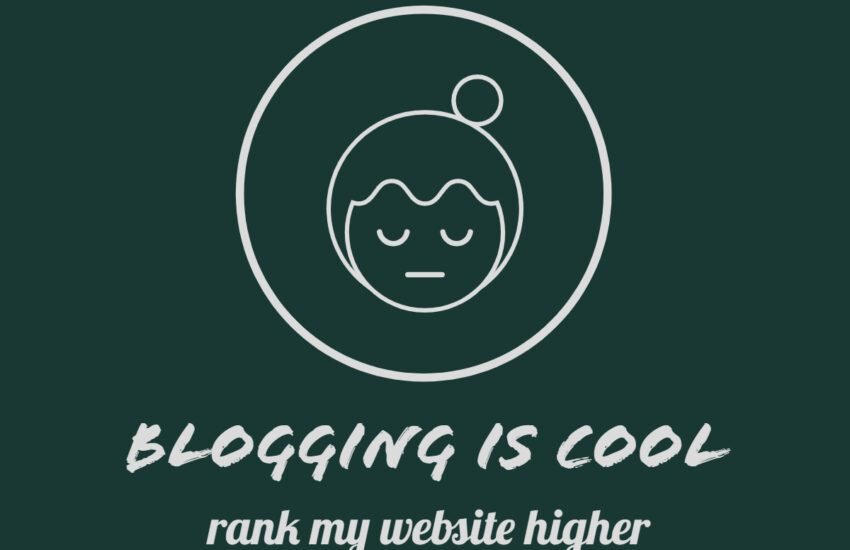Ezoic or Mediavine for Monetization of Your Blog?
Monetization through Advertising
Monetization through advertising has long been a cornerstone of revenue generation for bloggers worldwide. As the digital landscape continues to evolve, so do the opportunities and challenges associated with leveraging advertising to monetize blogs.
Advertising offers bloggers a straightforward and accessible means of earning income by displaying ads on their websites or within their content.
These ads can take various forms, including display ads, sponsored content, affiliate marketing, and native advertising.
The appeal of advertising lies in its scalability and passive income potential. By partnering with ad networks or directly with advertisers, bloggers can generate revenue based on factors such as ad impressions, clicks, or conversions.
Additionally, advertising can complement other monetization strategies, such as selling digital products or offering subscription services, to diversify income streams and maximize earnings.
However, successfully monetizing a blog through advertising requires strategic planning, optimization, and ongoing management.
Bloggers must strike a delicate balance between monetization and user experience, ensuring that ads enhance rather than detract from the quality of their content. Moreover, navigating the complexities of ad placement, targeting, and optimization requires a deep understanding of audience demographics, preferences, and behavior.
Ezoic and Mediavine: A Comparison
If you’re a website owner in any niche, monetizing your site through ads is likely a priority.
Ezoic and Mediavine are two popular ad management platforms that offer services to publishers.
If you’re contemplating a switch from Ezoic to Mediavine, this article aims to provide you with a comparison to help you make an informed decision.
Eligibility
Firstly, let’s consider the eligibility requirements.
Ezoic allows publishers to join their platform with as little as 10,000 monthly sessions, while Mediavine requires a minimum of 50,000 sessions.
When you are at the 50K sessions mark, it makes you eligible for Mediavine. This means that you’ve already met one of the prerequisites for joining Mediavine.
Revenue Share
Next, let’s discuss revenue share. Ezoic takes a 10% cut from your ad revenue, while Mediavine takes 25%. At first glance, it may seem like Ezoic offers a better deal.
However, it’s important to consider the potential earnings from each platform. Many publishers who have switched from Ezoic to Mediavine report higher earnings with the latter.
This is due to Mediavine’s reputation for providing premium ad placements and higher-paying ads.
Ultimately, the revenue share percentage becomes less significant when considering the overall earnings potential.
Premium Ad Placements
One factor that sets Mediavine apart is its focus on premium ad placements. The platform aims to maximize revenue for publishers by delivering high-quality, relevant ads to their audience.
Mediavine’s ad optimization technology ensures that ads are displayed in the most effective positions, resulting in higher click-through rates and increased revenue.
Additionally, Mediavine’s strong relationships with premium advertisers often lead to higher-paying ad campaigns.
User Experience
Mediavine’s commitment to user experience is worth noting.
They prioritize the balance between ads and site performance, ensuring that ads do not negatively impact page load times or user engagement.
This focus on user experience can lead to improved SEO rankings and increased user retention on your website.
Optimizing Ad Performance
On the other hand, Ezoic has its own advantages. The platform offers a range of tools and features to help publishers optimize their ad performance.
Ezoic’s AI-powered ad testing allows you to experiment with different ad formats, sizes, and placements to find the best combination for your website.
This can be particularly beneficial for publishers who prefer a hands-on approach to ad optimization.
Summary of Comparison
Ultimately, the decision to switch from Ezoic to Mediavine depends on your specific goals and priorities.
If you value premium ad placements, higher earnings potential, and a focus on user experience, Mediavine may be the better choice for you.
However, if you prefer a more hands-on approach to ad optimization and value the tools and features provided by Ezoic, sticking with them may be the right decision.
It’s important to note that individual experiences may vary, and what works for one publisher may not work for another.
It can be helpful to seek out testimonials and feedback from other publishers who have made the switch from Ezoic to Mediavine to get a better understanding of their experiences and potential earnings.
Conclusion
We have already explored the various facets of advertising monetization for blogs, including best practices, emerging trends, and potential pitfalls to avoid.
Whether you’re a seasoned blogger looking to optimize your ad revenue or a newcomer seeking to monetize your passion for writing, understanding the intricacies of advertising monetization is essential for achieving sustainable success in the competitive world of blogging.
Both Ezoic and Mediavine offer valuable services to publishers in all niches.
While Ezoic may have a lower revenue share percentage, Mediavine’s reputation for higher earnings and premium ad placements make it an attractive option for many publishers.
Consider your specific needs, goals, and priorities before making a decision, and don’t hesitate to reach out to other publishers for their insights and experiences.


